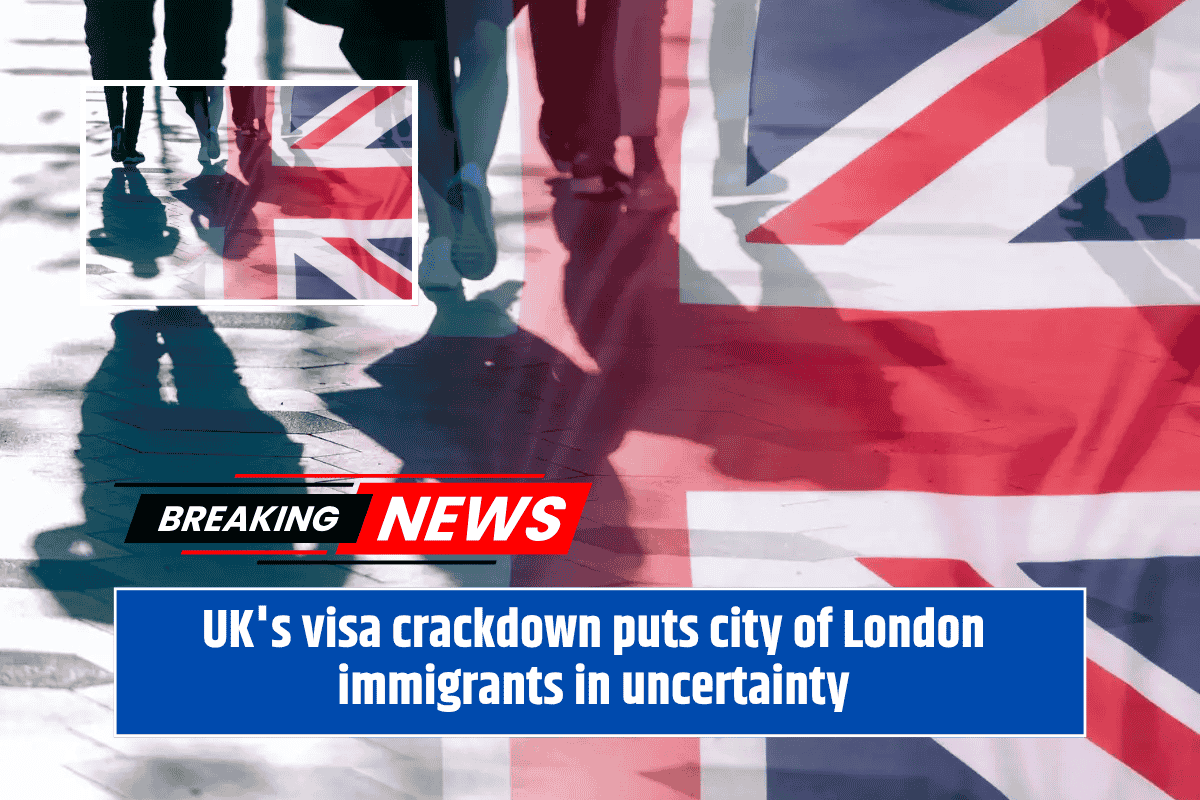The Department for Work and Pensions (DWP) has issued a reminder that individuals with certain health conditions may be eligible for Employment and Support Allowance (ESA) but could be missing out on substantial financial support. With around 1.7 million people currently claiming ESA, many more may qualify without realizing it.
Here’s everything you need to know about ESA, eligibility, payment amounts, and how to apply.
What Is Employment and Support Allowance (ESA)?
ESA is a benefit designed to help people with disabilities or health conditions that affect their ability to work. It provides financial support to cover additional costs for those unable to work or requiring work-related support.
Types of ESA:
- New-Style ESA: For individuals who have made National Insurance contributions in the past 2-3 years.
- Income-Related ESA: For those with limited or no income (now being replaced by Universal Credit).
Eligibility Requirements for ESA
To be eligible for new-style ESA, you must meet the following criteria:
- Be below state pension age
- Have a disability or health condition that limits your ability to work
- Have been employed or self-employed and made sufficient National Insurance contributions in the past two to three years
You cannot claim new-style ESA if you’re already receiving Jobseeker’s Allowance or statutory sick pay (SSP). However, you can claim ESA alongside Universal Credit, although your Universal Credit payments will be reduced by the amount you receive through ESA.
How Much Can You Receive Through ESA?
1. Assessment Phase (First 13 Weeks)
When you first apply for ESA, you will receive the assessment rate while your claim is being processed:
- Up to £67.20 per week if you are under 25
- Up to £84.80 per week if you are 25 or older
2. Main Phase (After Assessment)
Once your assessment is complete, you will be placed in one of two groups:
- Work-Related Activity Group: Up to £84.80 per week
- Support Group: Up to £129.50 per week
For those in the support group, this amounts to approximately £518 per month.
Additional Premiums
- Enhanced Disability Premium: For those receiving income-related ESA and placed in the support group
- Severe Disability Premium: Available to those with more serious conditions
23 Medical Conditions That Could Make You Eligible for ESA
DWP has identified 23 categories of conditions that may qualify individuals for ESA. These include:
- Certain infectious and parasitic diseases
- Neoplasms (cancers)
- Diseases of the blood and immune system
- Endocrine, nutritional, and metabolic diseases
- Mental and behavioral disorders
- Diseases of the nervous system
- Diseases of the eye and adnexa
- Diseases of the ear and mastoid process
- Diseases of the circulatory system
- Diseases of the respiratory system
- Diseases of the digestive system
- Diseases of the skin and subcutaneous system
- Diseases of the musculoskeletal system and connective tissue
- Diseases of the genitourinary system
- Pregnancy, childbirth, and the puerperium
- Certain conditions originating in the perinatal period
- Congenital malformations, deformations, and chromosomal abnormalities
- Symptoms, signs, and abnormal clinical findings not elsewhere classified
- Injury, poisoning, and consequences of external causes
- External causes of morbidity and mortality
- Factors influencing health status and contact with health services
- Codes for special purposes
- Unknown or claimants without diagnosis on the system
How to Apply for ESA
You can apply for ESA online through the government website or by calling 0800 055 6688.
What You’ll Need to Apply:
- National Insurance number
- Bank account details (or a friend/family member’s if you don’t have one)
- Doctor’s contact details
- Fit note (sick note) if you’ve been unable to work for more than 7 consecutive days
- Details of your income if you’re working
- Date your statutory sick pay ends if applicable
After Submitting Your Application:
- You’ll be contacted by phone with instructions on how to provide any necessary evidence.
- The assessment process typically takes 13 weeks, during which you’ll receive the assessment rate.
What Happens After the Assessment?
- Work-Related Activity Group: You’ll be expected to engage in activities to prepare for future employment.
- Support Group: No work-related obligations will be required, and you may qualify for additional financial support through enhanced disability premiums.
Important Considerations:
- ESA and Universal Credit: If you’re eligible for both, your Universal Credit payment will be reduced by the amount you receive in ESA.
- Extra Help: If you’re placed in the support group, you may also qualify for additional premiums like the enhanced disability premium.
With 23 categories of medical conditions potentially qualifying for ESA, many individuals may be missing out on financial assistance they are entitled to. If you have a long-term health condition or disability, it’s worth checking your eligibility and applying for this valuable benefit.
Source: Link
FAQ’s
What is Employment and Support Allowance (ESA)?
ESA is a benefit for people with disabilities or health conditions that limit their ability to work. It provides financial support for those unable to work or needing work-related assistance.
Who is eligible for new-style ESA?
To qualify for new-style ESA, you must be under state pension age, have a health condition affecting your ability to work, and have made sufficient National Insurance contributions in the past 2-3 years.
Can I receive ESA and Universal Credit simultaneously?
Yes, you can claim ESA alongside Universal Credit, but your Universal Credit payment will be reduced by the amount you receive through ESA.
How much can I receive during the ESA assessment phase?
During the first 13 weeks (assessment phase), you can receive up to £67.20 per week if you’re under 25, and up to £84.80 per week if you’re 25 or older.
What are the payment rates during the main phase of ESA?
After the assessment, claimants in the Work-Related Activity Group can receive up to £84.80 per week, while those in the Support Group can get up to £129.50 per week.
What medical conditions could make me eligible for ESA?
There are 23 categories of qualifying conditions, including cancers, mental disorders, respiratory diseases, neurological conditions, musculoskeletal disorders, and others as identified by the DWP.
What additional premiums are available for ESA claimants?
Claimants in the support group may qualify for additional financial support, such as the Enhanced Disability Premium or Severe Disability Premium, if eligible.
How do I apply for ESA?
You can apply online through the government website or by calling 0800 055 6688. You’ll need your National Insurance number, bank details, a fit note, and your doctor’s contact information.











